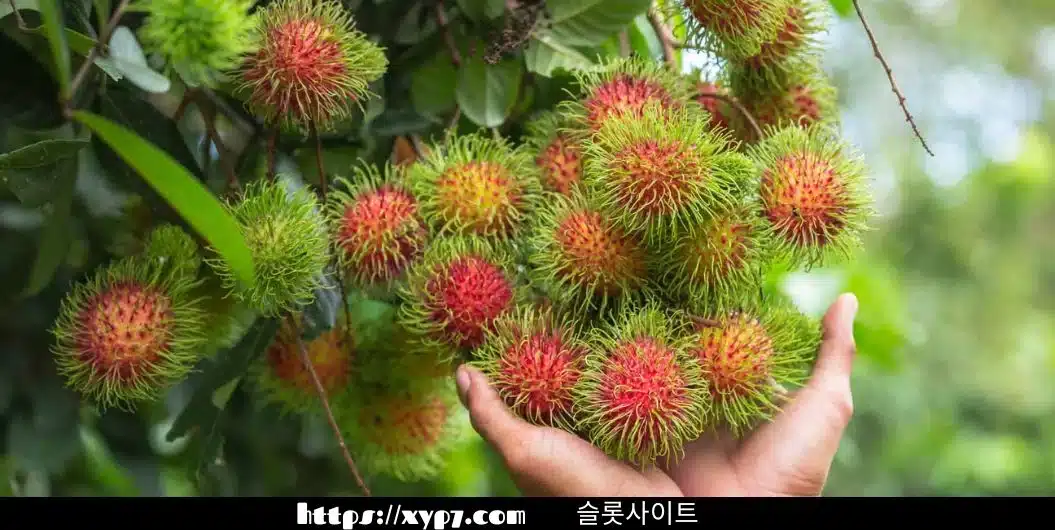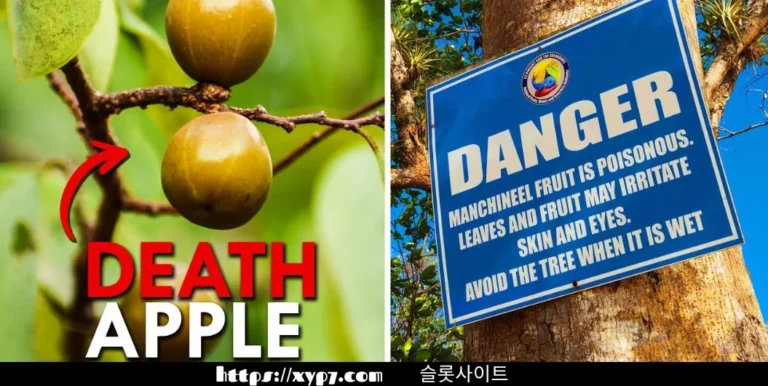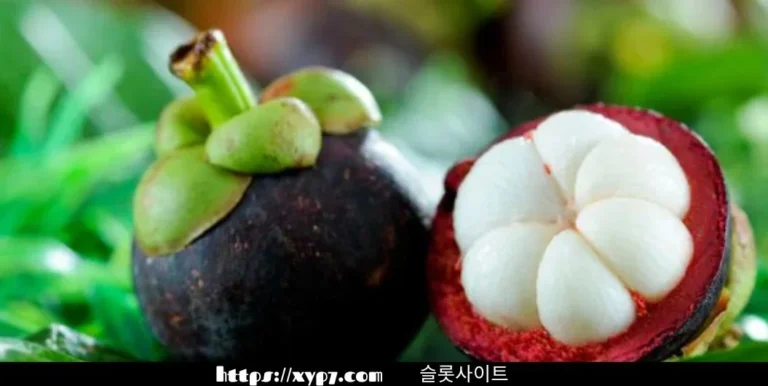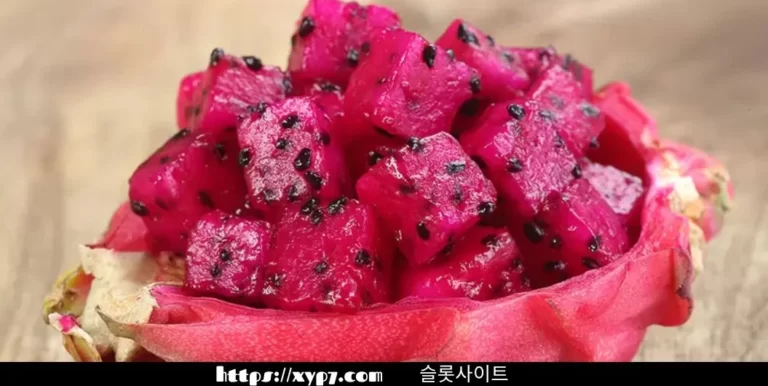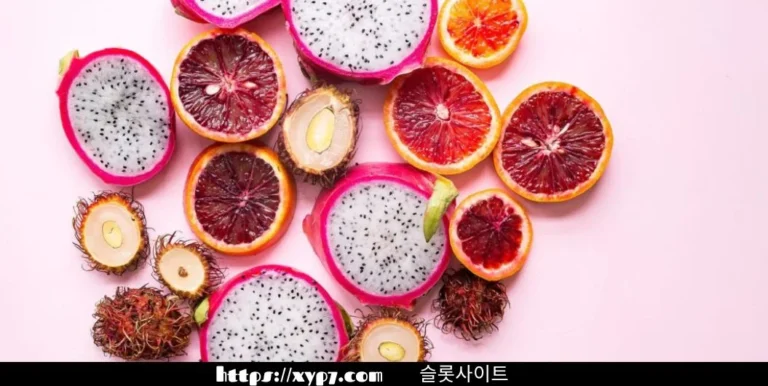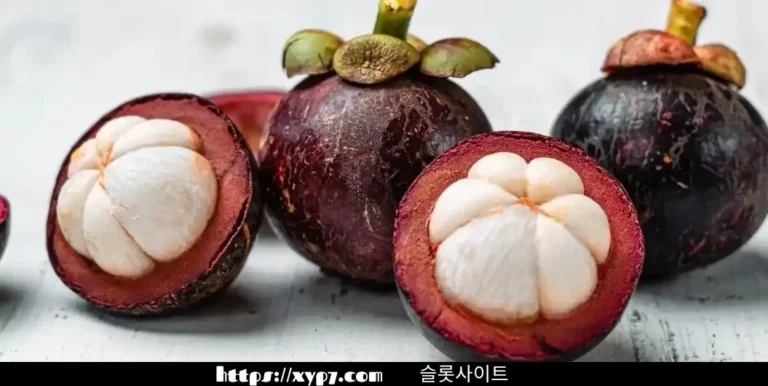Facts About Rambutan
Rambutan, an exotic fruit with a peculiar appearance and a sweet taste, has been captivating fruit enthusiasts around the world. In this article, we will delve into the intriguing world of rambutan, uncovering 10 interesting facts that make this 카지노사이트 fruit truly unique.
Exploring the Exotic: 10 Fascinating Facts About Rambutan Fruits
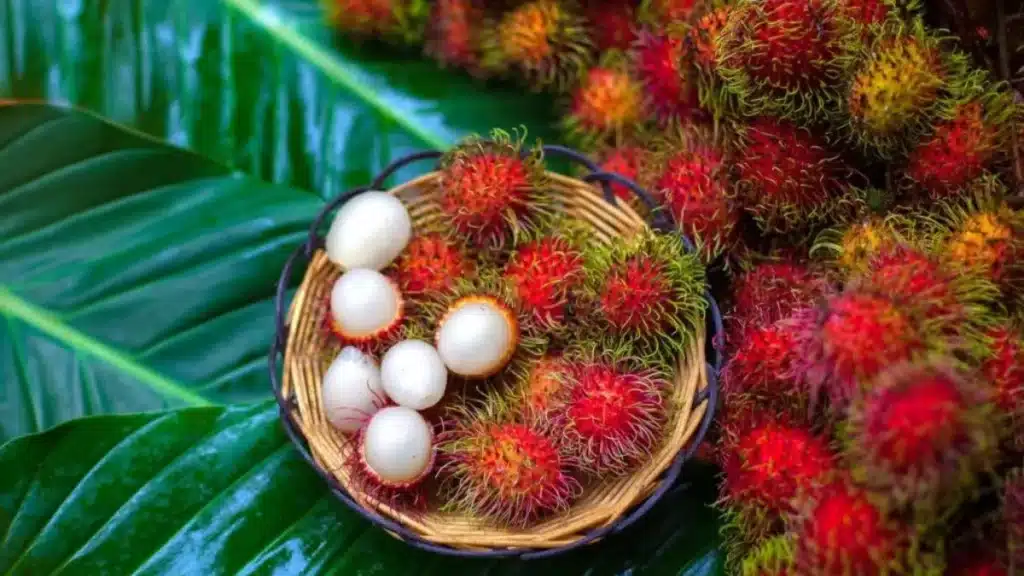
Origins of Rambutan
Rambutan (Nephelium lappaceum) is native to Southeast Asia, particularly Malaysia and Indonesia. The word “rambutan” is derived from the Malay word “rambut,” meaning hair, which perfectly describes the hairy exterior of this exotic fruit.
Distinctive Appearance
One of the most striking features of the rambutan is its appearance. The fruit is round or oval in shape, covered with soft, hairy spikes that resemble hair. The hairy skin is typically red or yellow, though there are also varieties with orange or green hues.
Sweet and Juicy Flavor
Beneath the unique exterior lies a delicious treat. Rambutan has a sweet and juicy flavor, often compared to a combination of lychee and grapes. The translucent, gelatinous flesh is succulent, making it a refreshing snack on a hot day.
Nutritional Value
Rambutan is not only a delightful indulgence but also a nutritious one. It is rich in vitamin C, fiber, and antioxidants, contributing to a healthy immune system and aiding in digestion. The fruit also contains minerals such as iron, phosphorus, and 온라인카지노 potassium.
Cultivation and Harvesting
Rambutan trees thrive in tropical climates with high humidity. The trees can grow up to 80 feet tall and produce clusters of fruit. Harvesting involves hand-picking mature rambutans with vibrant, spiky exteriors to prevent damage to their delicate skin.
Varieties of Rambutan
While the red-skinned rambutan is the most common, there are several varieties with unique characteristics. The Yellow Rambutan, for instance, has a golden exterior, while the Green Rambutan boasts lime-green skin. Each variety offers a slightly different flavor profile.
Medicinal Uses
In traditional medicine, different parts of the rambutan tree, like the bark with its astringent properties and the leaves used in infusions for fevers and dysentery, are believed to offer health benefits, showcasing the fruit’s cultural significance despite lacking scientific validation.
Short Shelf Life
Despite its delectable taste, rambutan has a relatively short shelf life. Once harvested, the fruit is perishable and should be consumed within a few days. This characteristic makes it challenging for rambutan to become a global export on the scale of more durable fruits.
Environmental Impact
Rambutan cultivation can have positive environmental effects. The trees provide shade, preventing soil erosion also promoting biodiversity. Additionally, the fruit’s cultivation supports local economies in tropical regions, offering farmers a valuable source of income.
Global Popularity and Culinary Uses
While rambutan is a staple in Southeast Asian cuisine, its popularity has spread globally. It is enjoyed fresh, added to fruit salads, or used in desserts and beverages. The fruit’s versatility makes it a favorite ingredient among chefs exploring 바카라사이트 exotic flavors.
Conclusion
Rambutan is not merely a tropical fruit but a cultural symbol, laden with history and tradition. Its distinctive appearance, delightful taste, and potential health benefits make it a fascinating subject of exploration for fruit enthusiasts worldwide. As we continue to discover and appreciate the diversity of fruits, the rambutan stands out as a truly unique and exotic gem in the world of tropical delights.

